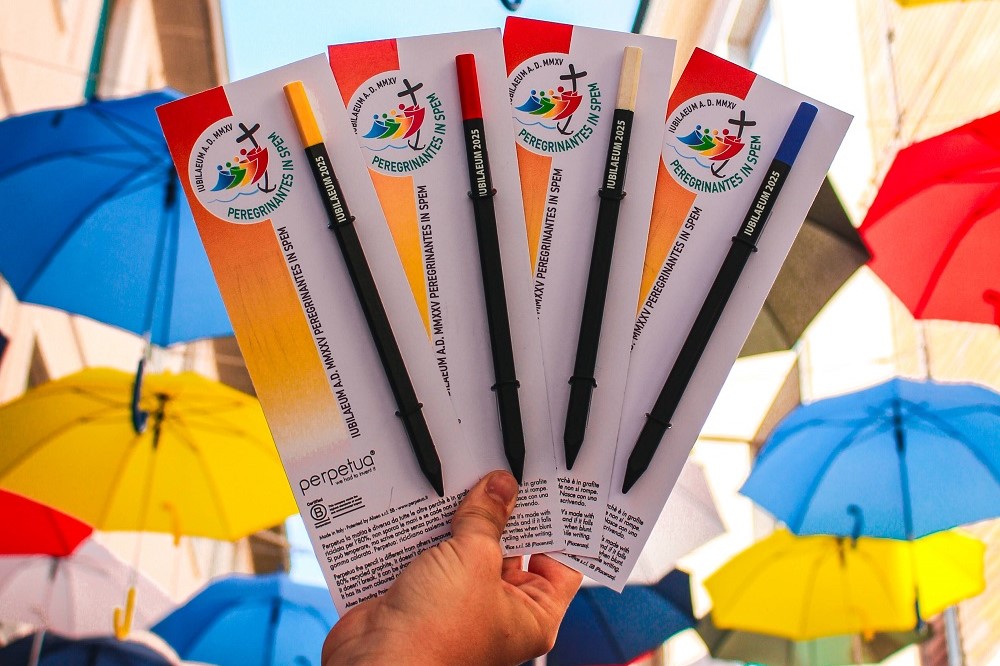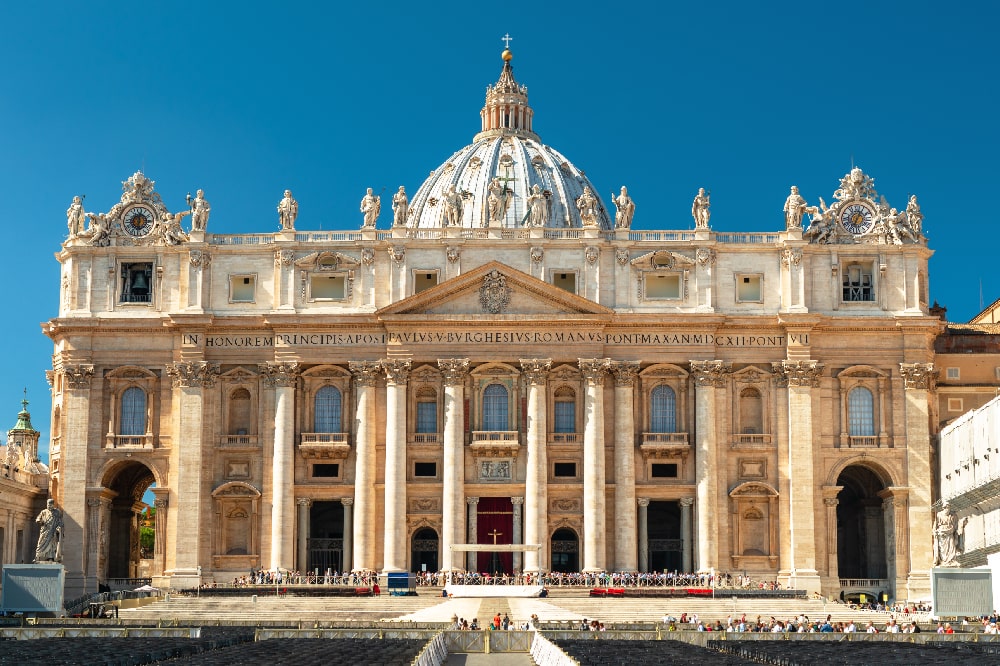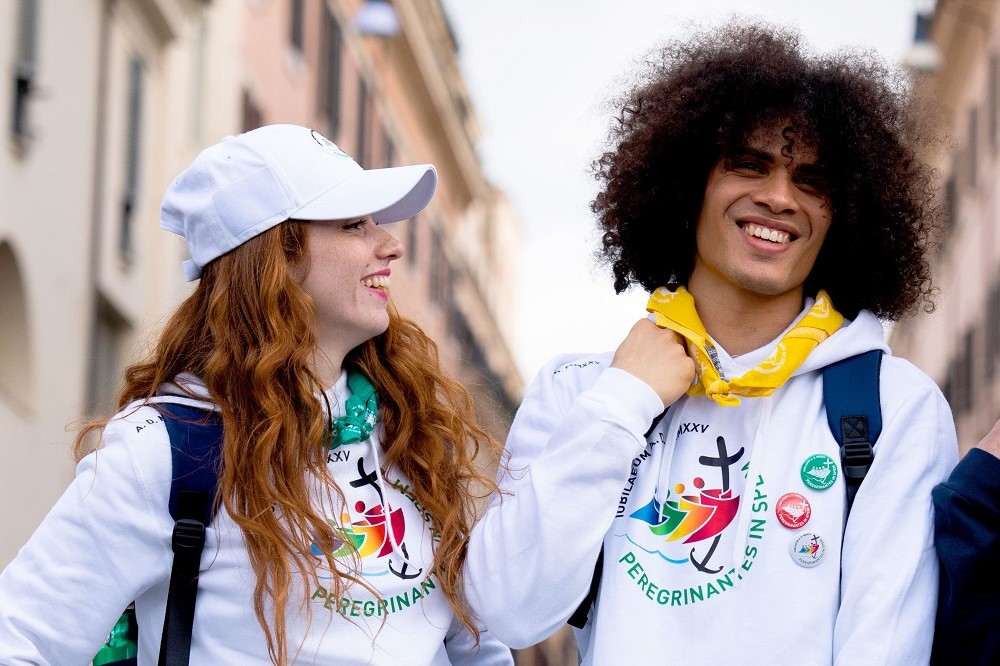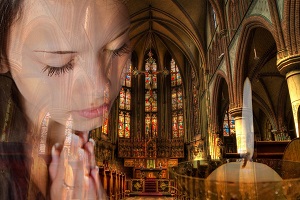Easter is getting closer, carrying its solemn suggestions and symbols full of spirituality. The Easter Cross, candles, lamb. Not just simple traditions, but objects of devotion and spiritual renovation. Let’s check them out.
If we should explain what we celebrate for Easter to a child, and what all of the elements that are part of this renowned holiday mean, that would be an easy task.
First, we should explain them that at Easter we celebrate Christ resurrection, and that many of the symbols tied to this holiday, such as the olive, the dove, the egg, the lamb, the bells, the rabbits, the light, all recall such miraculous event that is so important to all faithful.
Therefore, at Easter, we give chocolate eggs, but also chicken eggs, because the egg is a universal symbol that describes the birth of a new life and the rebirth. Easter for Christians is just that, the feast of the rebirth.

How is Easter calculated?
Each year changes date but remains the most important holiday: in this article, you will find out how Easter is calculated in the…
Even the Easter rabbits recall the symbolism of the hare, which was associated to Jesus during the first times of Christianism. In fact, just as the hare changes the color of its fur according to the season, Jesus dies and resuscitates, from man into God. Therefore, we can consider rabbits as a symbol of the Resurrection as well.
The light coming from Easter candles is another important symbol of Resurrection. Just as they dispel darkness, Jesus is the light that enlightens the world and defeats the gloom inside men’s hearts through His death and Resurrection.
The Dove is a symbol of peace among men and between man and God. A dove was sent after the Flood to check for signs of life, and thanks to that, God let Noah know that he was not angry with men anymore. The dove is also a symbol of Jesus: by sacrificing himself on the Cross, he set the foundations for a new world made of peace and love.
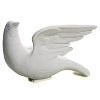
The olive that welcomed Jesus in Jerusalem is another symbol of peace and feast, just like the bells that sound joyous on Easter Sunday to announce the Resurrection.
About the Easter Lamb, we would like to linger on the traditions it is tied to and on its symbolism, and we’ll try to understand together where the habit of eating lamb for Easter comes from.
The lamb at Easter: symbol and tradition
To that child, we could say that the lamb is a symbol that is always associated to Jesus. In fact, He is always compared to a gentle and kind lamb, who sacrificed himself for all men.
The symbolism of the lamb is obviously more complex than that, and was already present in the Bible before Jesus arrival. The lamb has always represented the purest and more beautiful sacrificial victim, destined to be offered as a sacrifice to God.
In the New Testament, the image of Jesus merges with the image of the lamb. Just like the sacrificial lamb, Christ sacrifices himself for the salvation of Humankind, and like the lamb, he is innocent and pure.
Innocence and absence of guilt are the base of the symbolism of the lamb in Christian religion. In fact, this animal represents also apostles and in general, all martyrs.
Christ resurrects then, and with it, He acknowledges His triumph. The medieval iconography of the Triumphant Lamb comes from that; its head is reclined back, looking at his flock with love and attention, while its right hoof is placed on the emblem of the cross, as if it wanted to summon those who were willing to follow it in its path of Faith and Salvation.
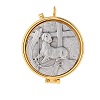
It is not by chance that the Church chose the lamb as a symbol for Jesus: under this image, the weak and the humble are destined to be elevated above the powerful and the strong.
The Lamb is also a symbol of spiritual light. And it is exactly such light that guides the flock of faithful through the darkness of the night.
Why do we eat lamb at Easter?
For many faithful, eating lamb at Easter is actually not a Christian tradition. In fact, there is no mention of sacrifice rituals in the Gospels that can justify the killing of this animal. The only one who sacrificed himself and made himself the sacrificial lamb for the salvation of all men is Jesus.
The tradition of eating lamb at Easter comes from Judaism. For the Jews, Easter was a feast to celebrate the freedom from slavery. The Jewish tradition of eating lamb recalled the lamb blood used to mark the doorjambs of Jewish families that were prisoners in Egypt, and which protected the firstborns from the coming of the ‘exterminator lamb’. During the Jewish Easter, lamb had a sacrificial value, but with a completely different meaning compared to what we find in the New Testament. The Jewish used to sacrifice bucks at the Temple. The Jewish sacrifice of a lamb at Easter was the symbol of their freedom from Egypt. It is very likely that the habit of killing and eating lamb at Easter became part of the Jewish culture later. The Jewish Easter established the offer of a lamb on the 14th day of the Jewish month of Nisan. The flesh of the animal had to be eaten that same night for the sacrifice of Pesach (Pasqua, Easter). ‘They shall eat the flesh that night, roasted on the fire; with unleavened bread and bitter herbs they shall eat it. Do not eat any of the meat raw or cooked in boiling water, but only roasted over the fire—its head and legs and inner parts’ (Exodus 12,8)
It is however undeniable that the lamb was a symbol of pureness and fragility of life in many cultures, including the Jewish one. Through that, the true believer offered something beautiful, pure and precious to God.

The differences between Judaism and Christianity
What are the differences between Judaism and Christianity? Is the God of the Jews the same as the Christians? Let’s try to discover…
On the contrary, Christianism identified Jesus with the Easter lamb. The evangelists themselves presented him so. ‘Behold, the Lamb of God, who takes away the sin of the world!’ (John 1,29). That is how John Baptist recognizes Jesus when he meets him, already predicting his fate and sacrificial role. Christians celebrate Christ’s death and resurrection by sacrificing a lamb and eating its meat. In such acceptation, the lamb is considered Christ’s Body. Therefore, eating lamb at Easter is a way for Christians to welcome Christ and His sacrifice within them.
As a conclusion, there is a connection between the Jewish Easter lamb and the one we find in the New Testament, which coincides with the figure of Jesus. It is not by chance that Jesus’ death happens on the day before the Jewish Easter, when, according to the Jewish tradition, the lamb was sacrificed.

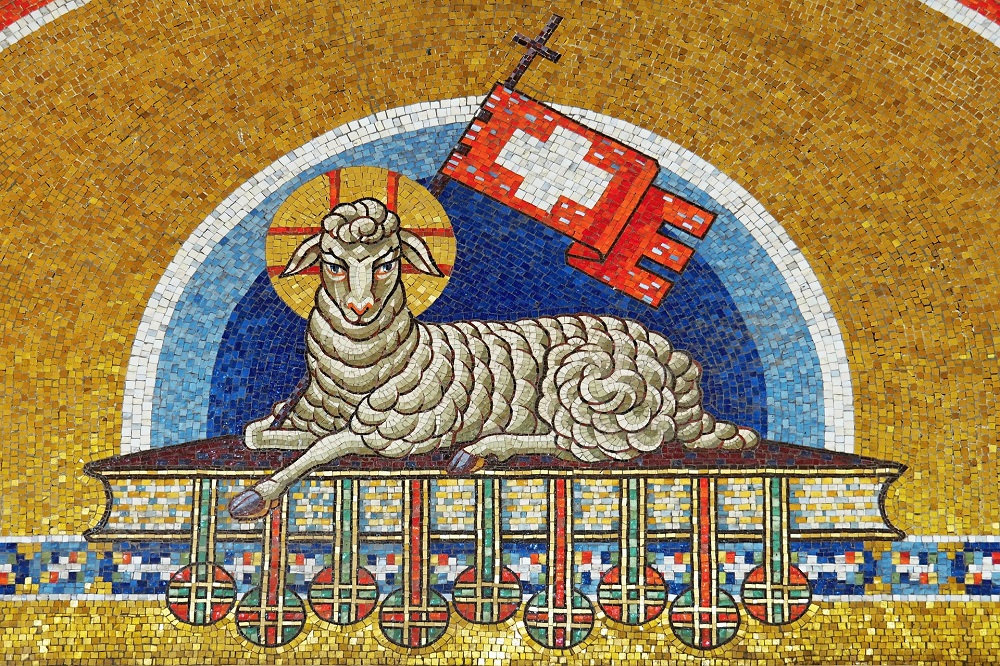

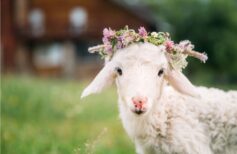



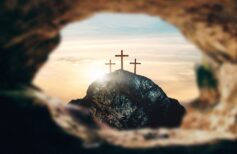
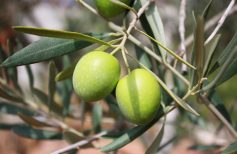
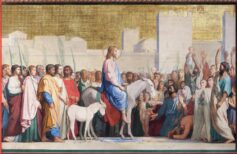
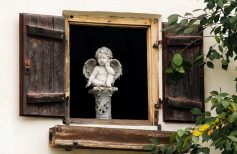








 25 August 2025
25 August 2025
